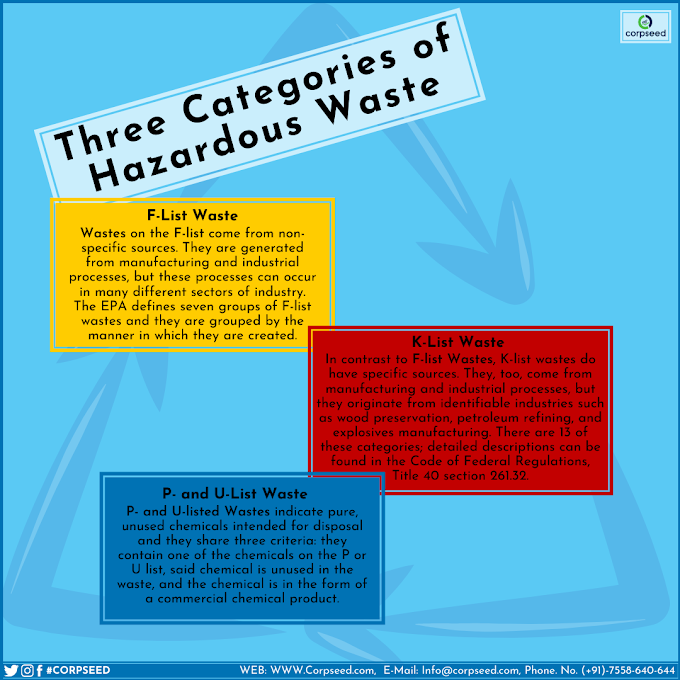India lacks adequate legislation to prevent illegal dumping of used lithium batteries
Electric vehicles (EVs) are part of the new normal as the global transportation industry undergoes a paradigm shift and promotes cleaner and greener vehicles.
Like its Western counterparts and China, India has pushed the electric vehicle mandate forward through programs such as Accelerating the Adoption and Manufacturing of Hybrid Electric Vehicles (FAME) I and FAMA II.
According to a market study by the Economic Times newspaper, sales of electric vehicles in the country are expected to increase each year until 2026 at an average annual growth rate of 35%.
Initially, electric vehicles were powered by lead-acid batteries. Lithium-ion batteries, which contain other chemical entities like cobalt, graphite, and nickel, now form the heart of an electric vehicle.
At the end of the battery's life, there is a waste battery that contains large amounts of chemicals such as cobalt, electrolytes, lithium, manganese oxide, and nickel.
Currently, India is fully prepared for the large volume of waste of electric vehicle batteries expected for the next decade. Most of our e-waste goes to landfills.
Furthermore, we do not have adequate legislation to prevent illegal dumping of used lithium batteries.
The most recent legislation: the Regulation (management and handling) of electronic waste, 2011, the Regulation (management and treatment) of electronic waste, 2016, and the Regulation that modifies the Standards (management and handling) of electronic waste, 2018, has evolved considerably in terms of a range of materials.
However, they do not contain consistent rules for the safe disposal of electric vehicle batteries. Therefore, lithium-ion batteries are not mentioned in any context for treatment or recycling at the end of their useful life.
This sets a dangerous precedent as India has the potential to become a lithium landfill, importing not just household electric vehicle waste, but also I used batteries.
These batteries are substances that, if not recycled or handled correctly, can harm both the environment and humans. Furthermore, lithium itself reacts spontaneously with moisture and can cause large explosions in landfills.
Several countries are ahead of the curve and have legislated to address battery recycling and treatment.
European Union Battery Directive
The Battery Directive, officially known as Directive 2006/66 / EC, was adopted by the European Union. The objective is "to minimize the negative effects of batteries and accumulators on the environment and to contribute to the protection, maintenance, and improvement of the quality of the environment".
The Battery Directive has broken down the different phases of the used battery collection and recycling process and has given instructions on how to proceed for each of them.
Batteries used in electric vehicles fall within the definition of Article 3 (6) and are called "industrial batteries". Article 5 of the directive reads as follows:
The Member States in which manufacturers are located in their territory shall promote research and promote the improvement of the overall environmental performance of batteries and accumulators throughout their life cycle, as well as the development and marketing of batteries and accumulators. batteries containing lesser amounts of hazardous substances or containing fewer substances harmful to the environment, in particular as a substitute for mercury, cadmium, and lead.
Therefore, the directive is not an action plan that can be applied as long as the situation does not deteriorate, as it always happens with technological advances. It embodies an ideal of technological progress, not at the expense of the environment.
Governments must be proactive in developing batteries that are less harmful to the environment.
Germany
Germany legally obliges manufacturers to collect their consumer products and deposit them in containers managed by the GRS Beverage Foundation, founded in 1998 by major battery manufacturers and the German Electrical and Electronics Industry Association.
The obligation is transferred to GRS, which ensures that collected waste is separated and classified based on electrochemical composition, resulting in inefficient extraction of recoverable materials, as well as reuse of materials such as cadmium and lead for production. extra batteries.
In its 2019 annual report, GRS said that a total collection rate of 76.1%, above the legal requirement of 45%, was due in part to a successful communication strategy.
The goal was to educate not only active producers and consumers but also people who are future consumers.
Japan
The Japan Battery Recycling Center (JBRC), founded in 2004, is a responsible organization for manufacturers that helps maintain the recycling process for used batteries.
Consumers and offices using battery-powered technology will unload the shipment at collection points located at retailers that register with JBRC as collaborative recycling stores.
The collection points make it easy to separate the batteries by providing four different types of labels for four different types of batteries.
The JBC manages the collection of classified waste equipment at the request of the retailer and freight forwarders, who are generally collection and transport companies that route the waste to recyclers.
JBC bears shipping and recycling costs, which are normally borne by recyclers. The shredded residual waste is separated when it reaches the recyclers and is sold to the users of the recycled resources or transported to the final disposal companies.
The Japanese process thus succeeded in creating an Extended Producer Responsibility (EPR) mechanism, which ensures that battery manufacturers are legally bound to recycle and dispose of their products safely.
The successful creation of the JBRC as a collective organization brought together several manufacturers and held them accountable for the products they created.
The membership fee that each manufacturer must pay to the JBRC ensures that there is an efficient system in Japan for the disposal of used batteries. They ensure that recycling and delivery costs do not hamper the recycling process.
In addition, in 2001 the Law for the Promotion of the Efficient Use of Resources was approved to regulate the recycling of rechargeable batteries.
Where is India?
India's e-waste legal the system has changed a lot over time and only recently introduced EPR and e-waste collection. Large quantities of waste electric vehicle batteries have provided a unique opportunity to power a household recycling industry that is currently in its infancy.
For example, Tata Chemicals Ltd opened a lithium-ion battery recycling facility in Maharashtra in 2019. By recycling, up to half of the precious metals such as aluminum, cobalt, copper, lithium, manganese and nickel can be recovered and then use for secondary applications.
However, the lack of clear scientific guidelines and proper regulations for lithium-ion batteries results in a low return on investment in recycling facilities, as it is a capital intensive initiative.
In October 2019, the Union the government proposed the development of a long-awaited recycling policy. However, it is still expected. The first step in creating a circular economy for electric vehicle batteries is to extend our laws to the chemistry of lithium-ion batteries.





0 Comments